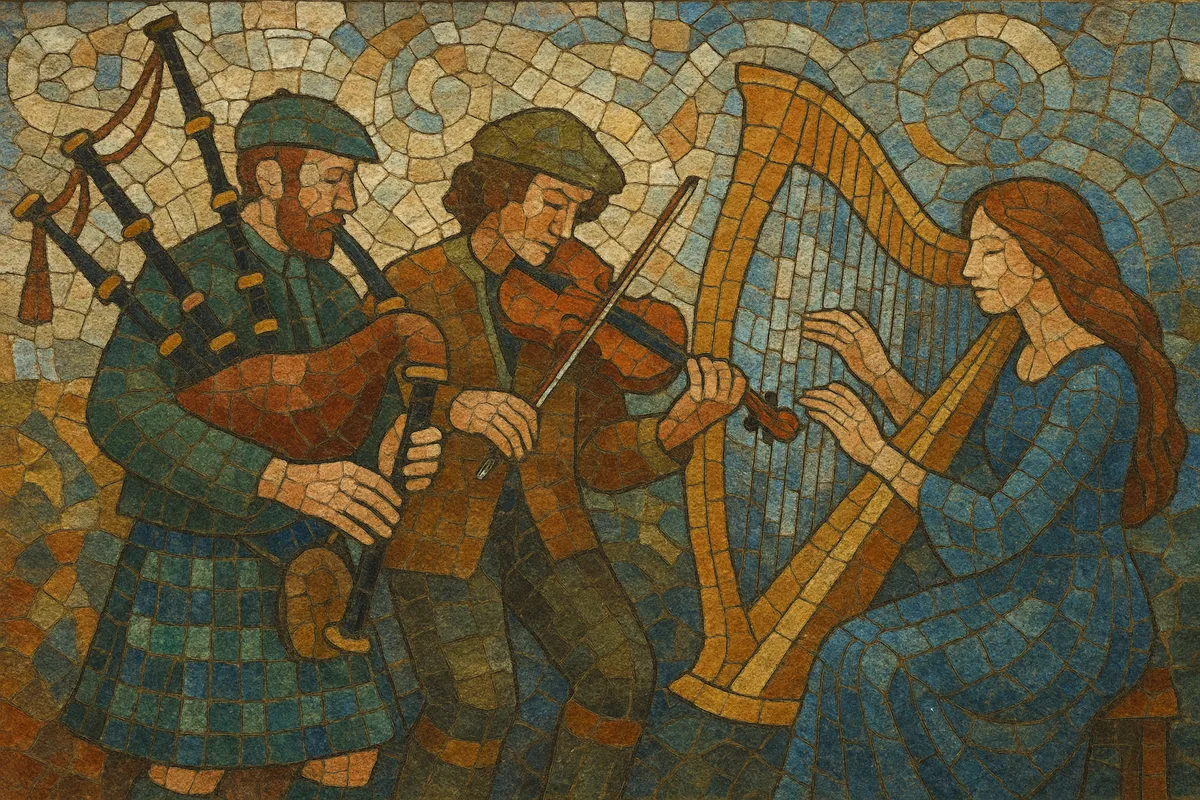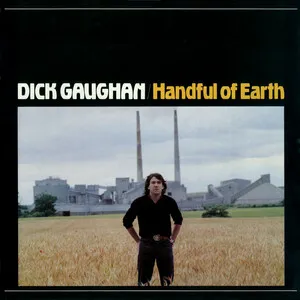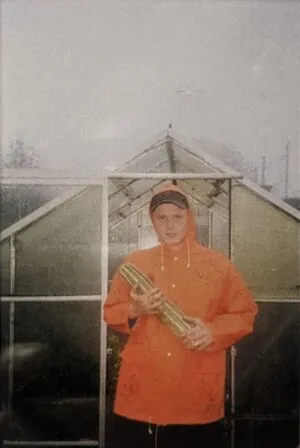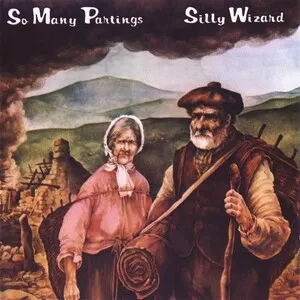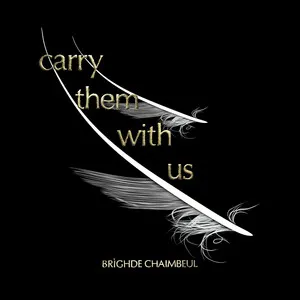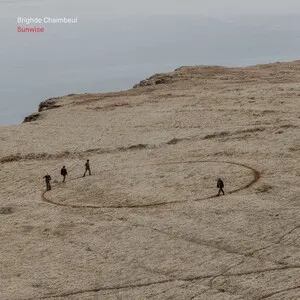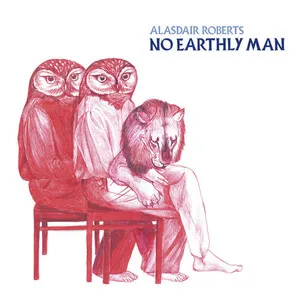Scottish folk music is the traditional music of Scotland, encompassing Gaelic and Scots-language song, narrative ballads, dance tunes, and instrumental pipe and fiddle repertoires. It is marked by a strong sense of place and history, with repertoire ranging from ancient laments and work songs to brisk reels, jigs, and strathspeys.
Core timbres include the Great Highland bagpipe and Scottish smallpipes, the fiddle, clàrsach (Celtic harp), whistle, accordion, guitar, and later-adopted bouzouki. Melodies often use modal scales (Mixolydian and Dorian are common) and drone-based textures, while distinctive rhythmic profiles—especially the “Scotch snap” in strathspeys—give the dance music its character. Singing traditions span puirt-à-beul (mouth music), waulking songs, Bothy ballads, Jacobite songs, and the Child ballads, performed in Scots, Scottish Gaelic, and English.
Today the genre thrives both in community contexts (ceilidhs, sessions, festivals) and on professional stages, balancing preservation of local styles with contemporary arrangements and production.
Scottish folk music has roots in medieval Gaelic and Scots traditions, where oral transmission fostered a rich repertoire of dance tunes and narrative songs. The Great Highland bagpipe and fiddle became central to both ceremonial and social music, while work songs, waulking songs, and puirt-à-beul supported communal labor and dance.
From the 1700s, printed collections helped fix and circulate the repertoire. Figures associated with collecting and adapting songs—alongside projects like the Scots Musical Museum—brought traditional material into salons and songbooks. Fiddle traditions flourished with notable regional styles (Shetland, Highland, Northeast), and pipe music codified forms such as pìobaireachd.
After industrialization and urban migration threatened oral traditions, the mid-20th century revival—supported by field collectors and the School of Scottish Studies—re-energized folk clubs, festivals, and community music-making. The 1950s People’s Festival Ceilidh and subsequent club circuits seeded a generation of performers, while recordings spread Scots and Gaelic song internationally.
Bands blended tradition with contemporary instrumentation, harmony, and studio craft. Touring groups and festival circuits popularized the music abroad, while Gaelic song and regional fiddle styles gained broader visibility. The period also saw experimentation—jazz, rock, and electronic influences—without losing core idioms of reels, jigs, and balladry.
Scottish folk music remains vibrant at sessions, ceilidhs, and festivals, and in conservatoire programs. Artists balance scholarship and innovation, employ modern production, and collaborate across Celtic and global folk scenes, keeping language, dance, and regional styles central.
Use fiddle, Great Highland bagpipe or Scottish smallpipes, whistle, accordion, clàrsach (Celtic harp), guitar, and bouzouki. Create a drone-based foundation (pipes, harmonium, or sustained strings) to center modal melodies, and keep textures clear so ornamentation and dance rhythms speak naturally.
Write tuneful, modal melodies; Mixolydian and Dorian are common, with pentatonic flavors appearing in some airs. For fiddle, employ cuts, rolls, birls, and slides; for pipes, use traditional grace-note patterns and doublings. Vocal lines should be singable, with room for unison chorus participation and subtle rubato in slow airs.
Compose sets of reels (4/4), jigs (6/8), strathspeys (with the distinctive “Scotch snap”), hornpipes (swinged 4/4), marches, and waltzes. Maintain steady, danceable pulse; accompany with guitar/bouzouki using open chords, drones, and modal pedal tones. Arrange tune sets to contrast keys, modes, and tempos for lift.
For songs, use strophic forms with refrains, narrative ballad storytelling, or call-and-response. Draw on themes of landscape, love, labor, emigration, and history. Consider Scots or Scottish Gaelic for authenticity; retain idiomatic phrasing and alliteration. For waulking-style or puirt-à-beul, emphasize rhythmic syllabic patterns that lock to the beat.
Build ensembles around melody (fiddle/pipes/voice), counter-melody (second fiddle/whistle), and rhythm/harmony (guitar, bouzouki, piano). Keep dynamics responsive to dancers and audience participation. Record with minimal compression to preserve transients and ornaments, and consider live room miking to capture ensemble blend.

